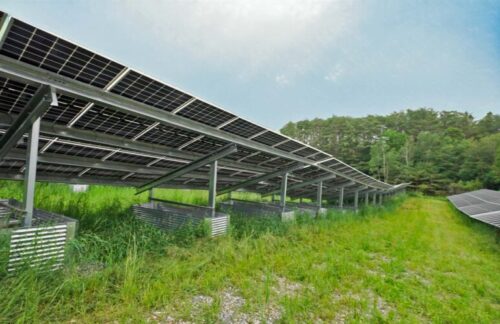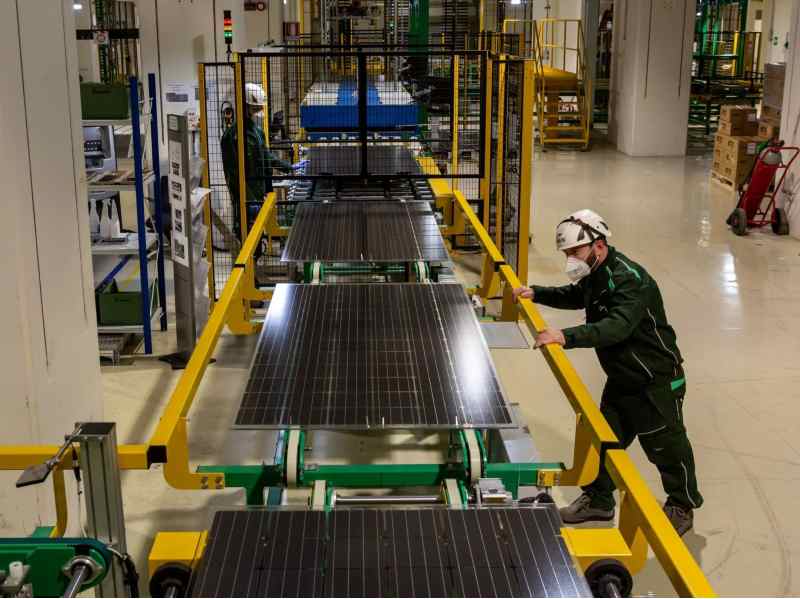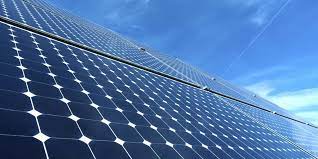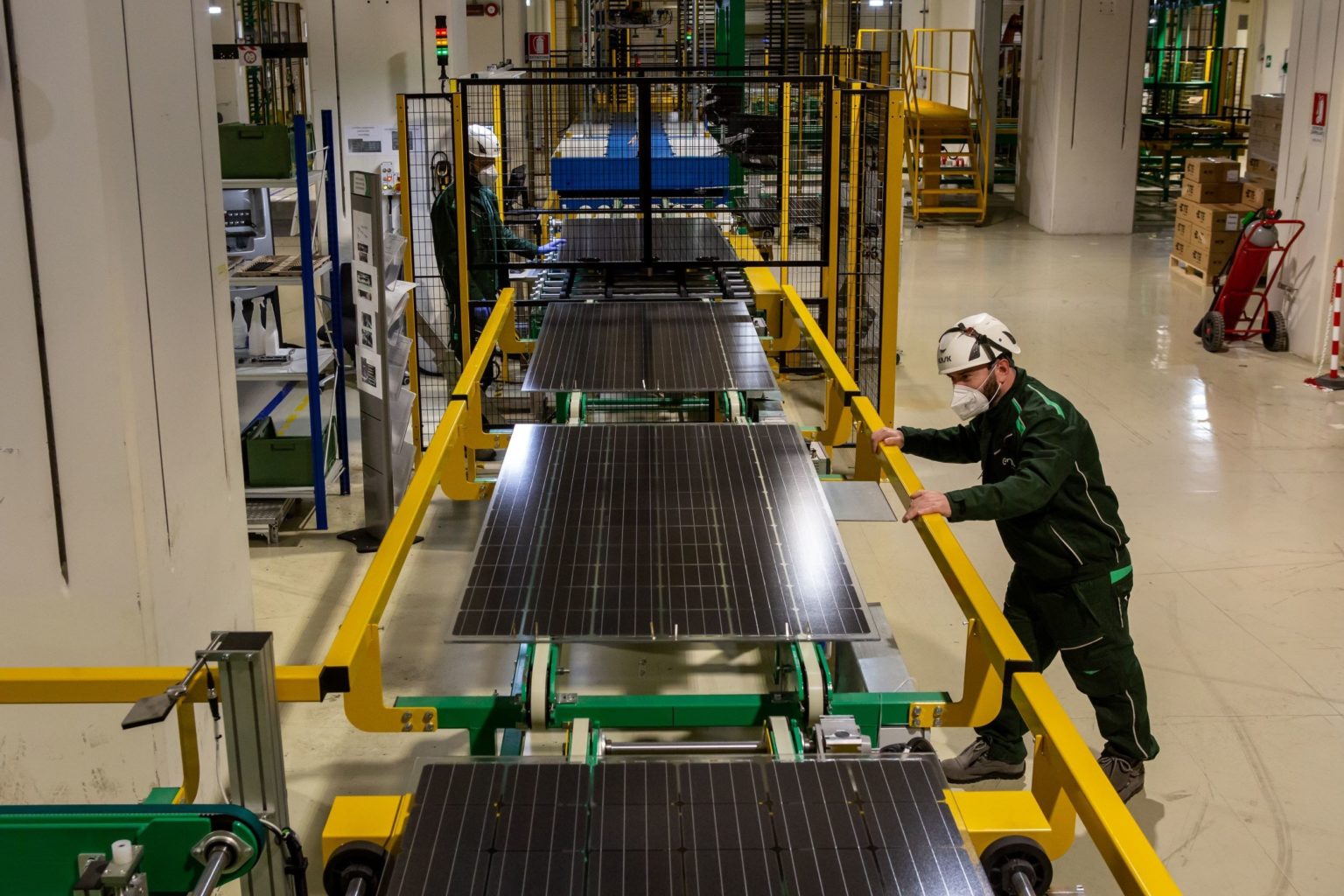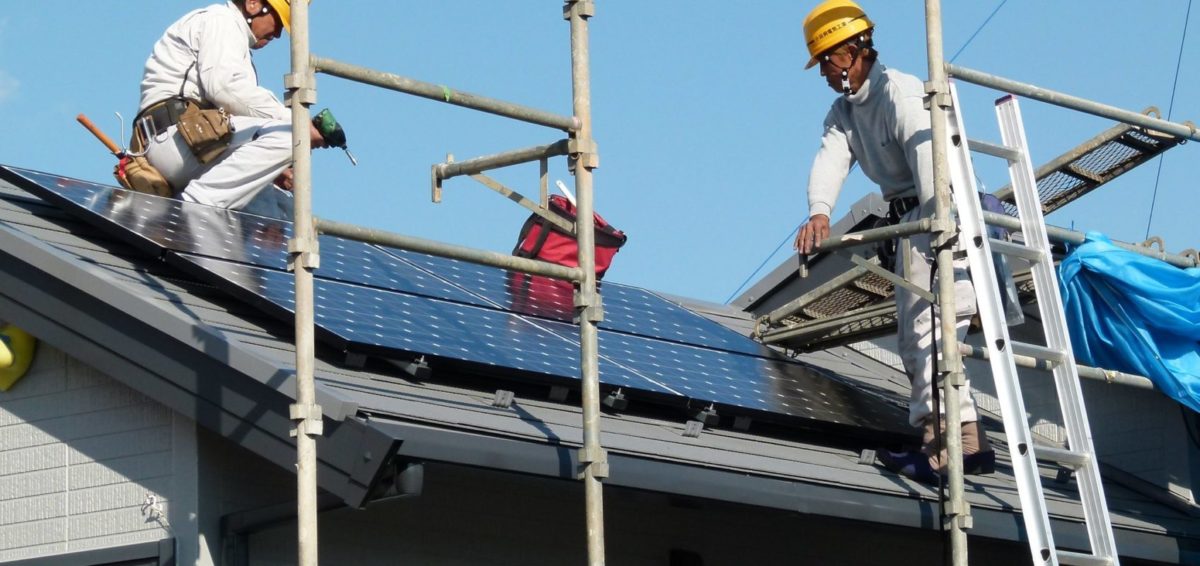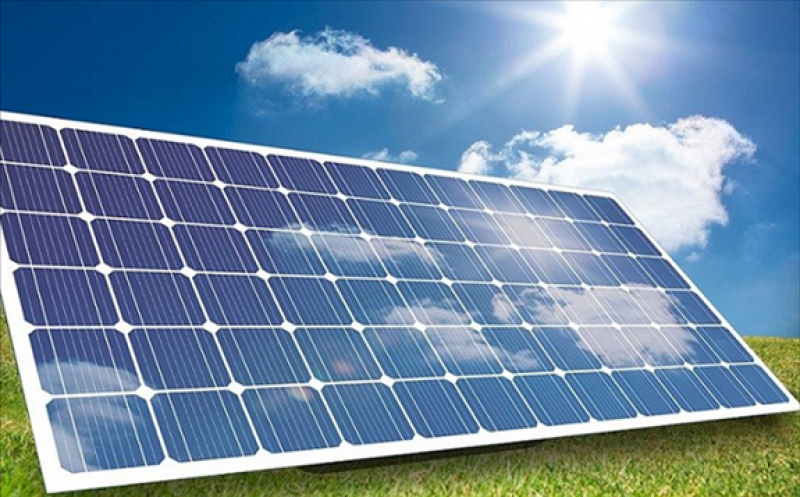Orsted plans to develop South Korean offshore wind projects with a potential capacity of up to 1600MW off the coast of Incheon city.
![[Image: Orsted]](https://www.world-energy.org/uploadfile/2020/1125/20201125094559823.jpg) [Image: Orsted]
[Image: Orsted]
The announcement was made at an event joined by National Assembly members, South Korea's Energy Agency, as well as Orsted and other industrial players with offshore wind track records in South Korea's supply chain.
Earlier this year, Orsted deployed four floating lidars off the coast of Incheon to collect relevant data for securing the potential 1.6GW offshore wind sites.
Orsted's offshore wind projects will be located more than 70km from the main parts of Incheon city and have relatively shallow water depths at the target project site to allow for a cost-effective development.
Subject to permits, off-take agreement with a Korean energy utility, and final investment decision, the projects could be commissioned from 2026 onwards.
Several South Korean companies have been working with Orsted on offshore wind projects in Europe and Asia, including POSCO Steel, CS Wind, LS Cable, Hyosung, Samkang M&T, Hyundai ESI and EEW Korea.
Most recently, Samkang M&T and Hyundai ESI have completed the fabrication of the first jacket foundations for Orsted's Greater Changhua 1 & 2a Offshore Wind Farm off Taiwan.
Orsted said it has a “strong commitment” to support South Korea's green energy transition and aims to work with South Korean suppliers and shape a “healthy and competitive” domestic supply chain that can maintain and expand its export success.
Early on, Orsted started engagement with local communities and the fishing industry to ensure their inputs are incorporated throughout the project development.
Orsted Asia Pacific president Matthias Bausenwein said: “Orsted's projects in Incheon will support a thriving offshore wind industry in South Korea and contribute to the realization of the government's target of 12GW offshore wind capacity by 2030.
“Building on our experience and unparalleled track-record in offshore wind development world-wide and in Asia Pacific, we are dedicated to engaging in long-term partnerships with the South Korean government and local stakeholders.'”
